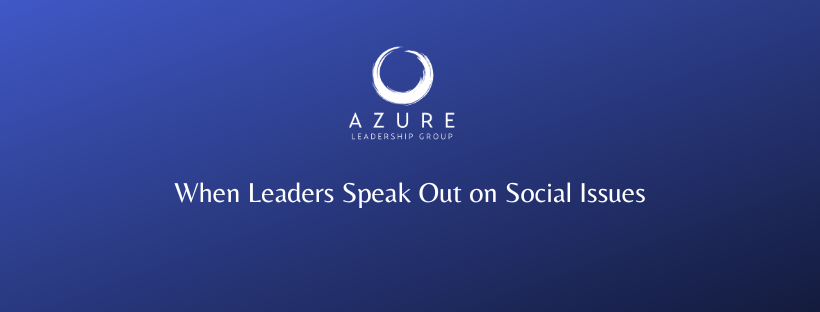One of the hardest parts of being an effective leader right now is speaking out on social issues. Choosing to speak out or not to requires striking the right balance of courage and humility, between discipline and heart. It requires balancing competing interests of different constituencies, some very loud, some often quiet.
Increasingly over the last few years I've coached many leaders on how to find the right balance for them and for their companies in speaking out. It's hard, and it's different for every company and every leader. There is no single owners manual or playbook for when to speak out on matters of conscience and to put the weight of your company behind your words.
At a recent gathering of top communications and marketing professionals that I was a part of, this topic was one of the most-discussed challenges all of us is dealing with. Many communications leaders struggle with how and when their leaders should speak out on everything from elections to the war in Ukraine, to anti-semitism, racism and sexism, especially when more employees and customers are vocal about wanting their leaders to speak out.
Speak out in the right moments.... and you may make a positive impact on a hard situation. You may engender a powerful sense of connection and goodwill among your employees, customers, and consumers. You may set a good example for others to follow.
Speak out poorly, or in the wrong moments (or too frequently)...and you may water down the impact you can have. You may alienate employees, customers, and consumers. With words that seem empty, you may hurt your brand.
Some leaders have developed detailed decision matrices or complex playbooks for how to do this. These may help justify decisions and insulate yourself from criticism. But for leaders themselves, using your platform and your voice is still very personal and a matter of personal conscience.
At the end of the day, THE DECISION TO SPEAK OUT AND KNOWING WHAT TO SAY BOILS DOWN TO THREE QUESTIONS:
FIRST: Does this situation relate directly to one of our core competencies?
Do we have credibility on this set of issues because of the services our company provides and the industries we work in, or because of our experience and background?
Is this something we have competency in, and is there a way we can use a statement in a way that showcases our competency?
This is not about showing off, but it's about choosing when to have an impact because you have credibility on a set of issues.
If you speak out on issues related to your competency, you have credibility with your audience, more likely to have a positive impact, and it's less likely you'll seem opportunistic. The impact of your words will be greater. And you minimize the risk of criticism that you're just picking and choosing which issues to support or not, often based in some kind of bias.
SECOND: Is there a way we can be helpful, or of service, in this situation?
Are we speaking out just to speak out, or is there something we can do as a company to be of service to help make this situation better?
Words are important, but so are actions. Is there something we are doing that you can share with your employees, customers, and consumers? Too often companies are criticized for paying lip service and not much else. These actions should be genuine and consistent with your core competency.
THIRD: When I do speak, how can I be as human and relatable as possible?
Make the language you use as simple and clear as possible.
When you speak based on a competency or personal experience, it's much more likely you'll know what the right thing to say is because it relates to something you've thought about.
Be as open, personal, and vulnerable as you can.
Be brief. What is the one big idea or feeling you want to convey?











